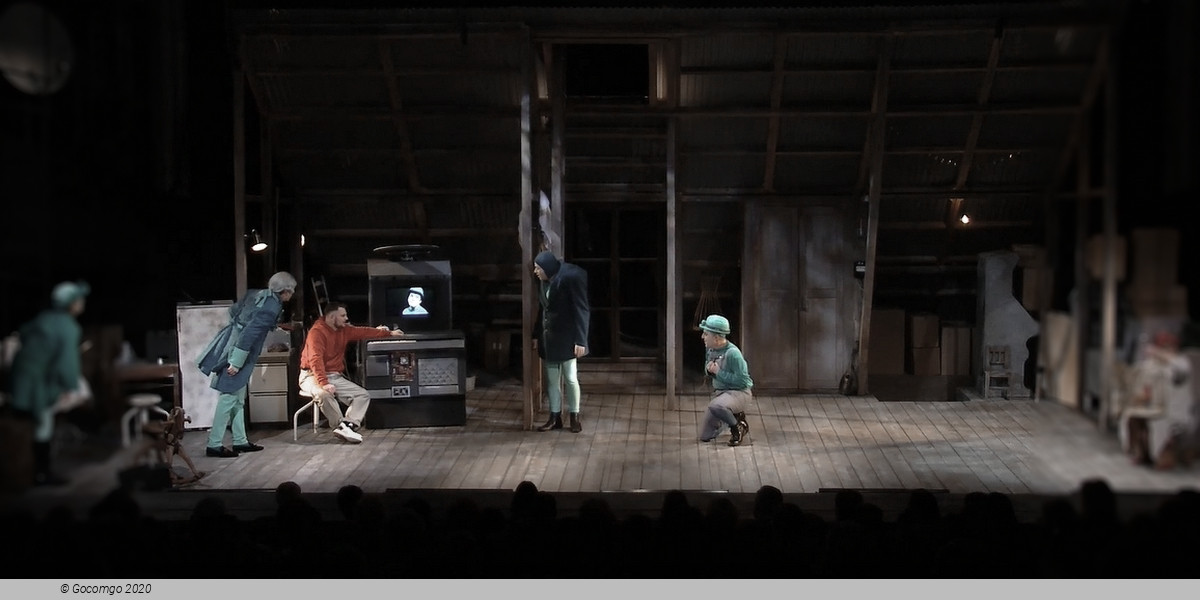Venues in Debrecen

Debrecen is Hungary's second-largest city after Budapest. It is the regional centre of the Northern Great Plain region and the seat of Hajdú-Bihar county. It was the largest Hungarian city in the 18th century and it is one of the Hungarian people's most important cultural centres. Debrecen was also the capital city of Hungary during the revolution in 1848–1849. During the revolution, the dethronement of the Habsburg dynasty was declared in the Reformed Great Church. The city also served as the capital of Hungary by the end of World War II in 1944–1945. It is home to the University of Debrecen.
History
The settlement was established after the Hungarian conquest. Debrecen became more important after some of the small villages of the area (Boldogasszonyfalva, Szentlászlófalva) were deserted due to the Mongol invasion of Europe. It experienced rapid development after the middle of the 13th century.
In 1361, Louis I of Hungary granted the citizens of Debrecen the right to choose the town's judge and council. This provided some opportunities for self-government for the town. By the early 16th century, Debrecen was an important market town.
King Sigismund, Holy Roman Emperor, as part of a treaty with Serbian ruler Stefan Lazarević, gave him the opportunity to rule Debrecen in September 1411. A year after Lazarević's death in 1426, his role was taken over by his successor, Đurađ Branković. Between 1450 and 1507, it was a domain of the Hunyadi family.
During the Ottoman period, being close to the border and having no castle or city walls, Debrecen often found itself in difficult situations and the town was saved only by the diplomatic skills of its leaders. Sometimes the town was protected by the Ottoman Empire, sometimes by the Catholic European rulers or by Francis II Rákóczi, Prince of Transylvania. Debrecen later embraced the Protestant Reformation quite early, earning the monikers "the Calvinist Rome" and "the Geneva of Hungary". At this period the inhabitants of the town were mainly Hungarian Calvinists. Debrecen came under Turkish control as a sanjak between 1558 and 1693 and orderly bounded to the eyalets of Budin (1541–1596), Eğri (1596–1660) and Varat (1660–1693) as "Debreçin".
In 1693, Leopold I, Holy Roman Emperor elevated Debrecen to free royal town status. In 1715, the Roman Catholic Church returned to Debrecen, and the town gave them a place to build a church, so the Piarist monks could build the St. Ann's Cathedral. By this time the town was an important cultural, commercial and agricultural centre, and many future scholars and poets attended its Protestant College (a predecessor of the today's University of Debrecen and also of Debrecen Reformed Theological University).
In 1849, Debrecen was the capital of Hungary for a short time when the Hungarian revolutionary government fled there from Pest-Buda (modern-day Budapest). In April 1849, the dethronization of Habsburgs (neglected after the fall of the revolution) and the independence of Hungary was proclaimed here by Lajos Kossuth at the Great (Calvinist) Church. The last battle of the war of independence was also close to Debrecen. The Russians, allied to Habsburgs, defeated the Hungarian army close to the western part of the town.
After the war, Debrecen slowly began to prosper again. In 1857, the railway line between Budapest and Debrecen was completed, and Debrecen soon became a railway junction. New schools, hospitals, churches, factories, and mills were built, banks and insurance companies settled in the city. The appearance of the city began to change too: with new, taller buildings, parks and villas, it no longer resembled a provincial town and began to look like a modern city. In 1884, Debrecen became the first Hungarian city to have a steam tramway.
After World War I, Hungary lost a considerable portion of its eastern territory to Romania, and Debrecen once again became situated close to the border of the country. It was occupied by the Romanian army for a short time in 1919. Tourism provided a way for the city to begin to prosper again. Many buildings (among them an indoor swimming pool and Hungary's first stadium) were built in the central park, the Nagyerdő ("Big Forest"), providing recreational facilities. The building of the university was completed. Hortobágy, a large pasture owned by the city, became a tourist attraction.
During World War II, Debrecen was almost completely destroyed, 70% of the buildings suffered damage, 50% of them were completely destroyed. A major battle involving combined arms, including several hundred tanks (Battle of Debrecen), occurred near the city in October 1944. Debrecen was captured by Soviet troops of the 2nd Ukrainian Front on 20 October. After 1944, the reconstruction began and Debrecen became the capital of Hungary for a short time once again. The citizens began to rebuild their city, trying to restore its pre-war status, but the new, Communist government of Hungary had other plans. The institutions and estates of the city were taken into public ownership, private property was taken away. This forced change of the old system brought new losses to Debrecen; half of its area was annexed to nearby towns, and the city also lost its rights over Hortobágy. In 1952, two new villages – Ebes and Nagyhegyes – were formed from former parts of Debrecen, while in 1981, the nearby village Józsa was annexed to the city.


